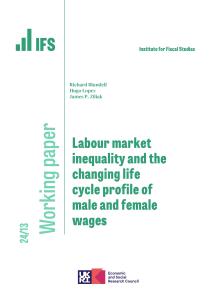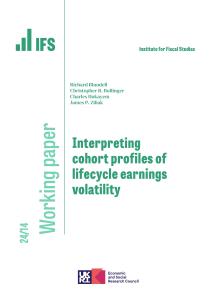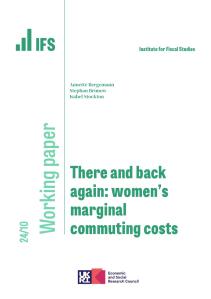Governments are starting to ease restrictions to economic activity. The risks of easing these measures too soon, or in misguided ways, are obvious, not only for public health but also for the economy. A world with no lockdown and a pandemic spreading rapidly through the population does not make for a healthy economy; nor, in all likelihood, does a world in which containment measures have to be repeatedly reinstated after being eased prematurely or in suboptimal ways. We discuss some key economic issues that the UK government needs to face when thinking about how best to get people back into work: we assemble some basic empirical evidence, identify some challenges that policymakers will need to confront, and discuss some policy considerations.
Authors

CPP Co-Director, IFS Research Director
Rachel is Research Director and Professor at the University of Manchester. She was made a Dame for services to economic policy and education in 2021.

Deputy Research Director
Monica is a Deputy Research Director and Professor of Economics at the University of Bristol, with an interest in Labour, Family and Public Economics.

Deputy Director
Robert is a Deputy Director. His work focuses on primarily on the labour market, income and wealth inequality, and the design of the welfare system.

Associate Director
Peter joined in 2009. He has published several papers on the microeconomics of household spending and labour supply decisions over the life-cycle.

Associate Director
Christine's research examines inequalities in children's education and health, especially in the early education and childcare sector.
Journal article details
- Publisher
- The IFS
- Issue
- Issue 16, May 2020, pages 76-97
Suggested citation
Costa Dias, M et al. (2020). 'Getting people back into work' Covid Economics: Vetted and Real-Time Papers, (16/2020), pp.76–97.
More from IFS
Understand this issue

If you can’t see it, you can’t be it: role models influence female junior doctors’ choice of medical specialty
24 April 2024

Retirement is not always a choice that workers can afford to make
6 November 2023

Big firm, little firm: are differences between companies driving inequality and holding back growth?
30 August 2023
Policy analysis

Progression of nurses within the NHS
12 April 2024

Gap between higher- and lower-paid public sector workers falls by more than a third since 2007 as doctors and experienced teachers have faced unprecedented pay cuts
26 March 2024

Recent trends in public sector pay
26 March 2024
Academic research

Labour market inequality and the changing life cycle profile of male and female wages
15 April 2024

Interpreting cohort profiles of lifecycle earnings volatility
15 April 2024

There and back again: women’s marginal commuting costs
2 April 2024